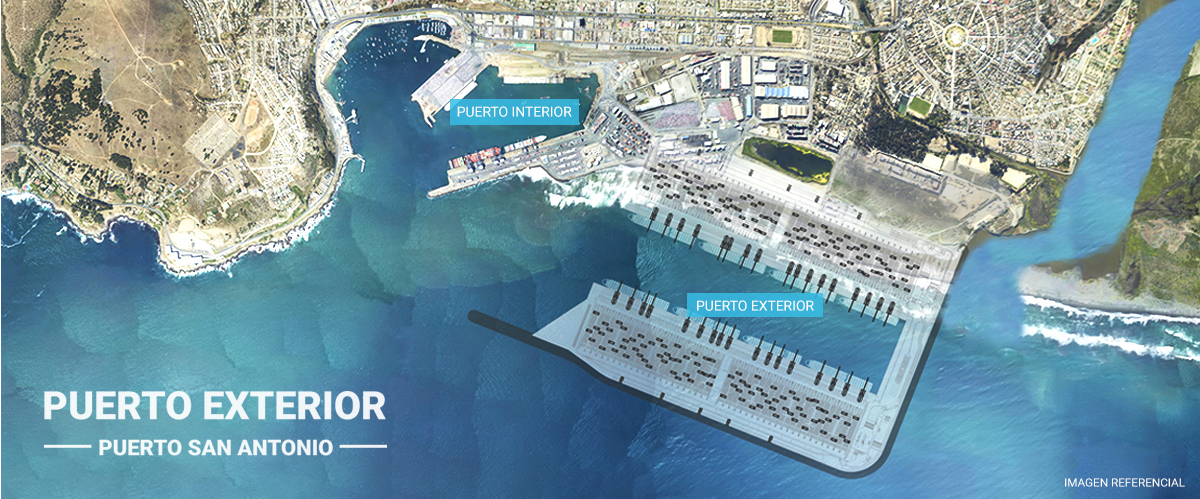Jan De Nul expects a better 2019 following a tough 2018 for the company’s operations in Latin America. In December, the company signed a 25-year maintenance dredging contract awarded in mid-September covering a 95-kilometer (59-mile) access channel area for the Ecuadorian Port of Guayaquil.
Company executives said the project is the company’s latest in a “good, but challenging” year.
“It was a good but tough year for us,” said Jan Van Den Driessche, business development manager of the Americas for Jan De Nul. He also serves as the president for the Western Dredging Association (WEDA) in South America.
“There was a limited number of projects. We had to be very competitive and willing to overcome all issues. But we ended 2018 with a lot of success,” he said.
As for the prospects for 2019, Driessche is optimist.
“I believe 2019 will be a bit better. We’ll work hard to design (and bid) for new projects. Our absolute goal – not sure if it will be in 2019, maybe in 2020 – is dredging for the Chilean Puerto Exterior de San Antonio,” he said.
Chile will build new port infrastructure, known as Puerto Exterior de San Antonio, to increase cargo capacity in the nation’s central area, so the country can meet its growth and demand expectations for the next decades. The port would be located in the south part of the San Antonio bay, in Chile. It is expected to have two terminals and four berths.
The Puerto Exterior de San Antonio project plans to extend the existing Port of San Antonio.
The mega port project was announced by then president Michelle Bachelet in January 2018. The San Antonio commune was chosen over Valparaíso as the location for the project, which may cost $3.3 billion US, according to an estimate from state-owned port operator Empresa Portuaria de San Antonio (EPSA). EPSA operates the existing Port of San Antonio.
In 2018, EPSA awarded Sener Ingeniería y Sistemas Chile, the local subsidiary of Spanish group Sener, and UK-based HR Wallingford, a study contract for the project, including dredging studies.
HR Wallingford said at the time the study contract included the “access channel and the dredging of the turning basin and the interior harbor to ensure accessibility for the E-class container ships, even under highly unfavorable weather conditions.”
The project will need dredging to remove 13 million cubic meters (17 million cubic yards) of sediments, according to a Sener study. Sener said dredging for the port’s inner docks and nearby access channels will be needed.
Other companies, including Boskalis, and China Communications Construction Company (CCCC), are also eyeing the future dredging project.
CAPITAL AND MAINTENANCE DREDGING
Driessche said his company signed the Port of Guayaquil maintenance dredging contract on December 5, following due diligence, including the set up of a single purpose venture (SPV), named Canal de Guayaquil SA, which will manage the 25-year project.
“We’ll deepen the Port of Guayaquil’s access channel in the external channels, in an area of about 5 kilometers (3.1 miles), to 12.5 meters (41 feet) to allow the transit of larger vessels,” the Jan de Nul executive said.
Jan De Nul will also remove rocks in the offshore section of the channel, known as the Los Goles bottleneck.
Dredging of the Guayas River will be completed in three years, Jan de Nul said in a December press release. Capital dredging works will be completed in 12 months.
At press time, Driessche said the company expects to begin dredging activities between January 15 and 20.
“Most dredges are already here,” he said. “It’s a big contract we have there,” he added.
Jan De Nul will use four dredges in the project, including trailing suction hopper dredges (TSHD) Vitus Bering, Francis Beaufort and Pedro Alvares Cabral, as well as cutter dredge Ibn Batutta.
After capital dredging works are completed in the three-year timeframe, Jan De Nul will operate and maintain the channel under a 25-year performance-based concession contract.
DREDGING AND THE ENVIRONMENT
Driessche said the company was dealing with a number of technical issues, including environmental permits and agreements to start up the dredging project.
The Jan De Nul executive said the Port of Guayaquil project will carefully address the port area’s environmental characteristics.
“We have to be very careful with sediment control. There’s also a shrimp producing area along the channel. These are all themes we’re going to address well with all stakeholders involved in the project, not only the users of the channel, but also shrimp producers, so everything can go well,” Driessche said.




